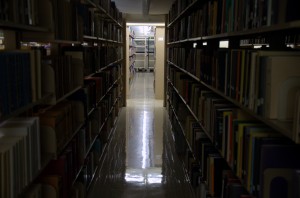YouTube came under fire over the last week when channel creators noticed that many of their videos were being hidden, despite not violating any of the company’s rules. Although various videos were affected by the site’s new algorithm, a large part of the now restricted content came from LGBTQ+ centered channels, so Valley did some investigating to see what actually happened.
The restriction system originally was created in 2010, targeted towards schools and children. It hides mature content that contains vulgar, violent, or sexual situations. It was not meant to remove videos from the site, but the videos will not appear if a user is using restricted mode.
However, when videos or even full channels that don’t fit the vulgar criteria are blocked, the restricted mode is obviously not doing its job. Some videos make sense, like violent video game footage, but others definitely are not logical restricted content.
LGBTQ+ YouTuber’s, whose videos regarding their sexuality now will not appear in the restricted mode. YouTube did not even make the creators aware that their content was now unaccessible.
YouTube celebrity and LGBTQ+ community member, Shannon Beveridge, had an entire video featuring her coming out story that was blocked in the restriction mode. She said she could not understand why.
Beveridge tweeted, “YouTube changed my life forever bc for the first time I could see LGBTQ+ stories I related to.” Beveridge wanted people to be able to connect with her story just as she did with past YouTubers.
Even music icons Tegan and Sara, who identify as queer, have had music videos blocked when they don’t contain any LGBTQ+ or questionable content.
As of now, it isn’t clear whether this is a long standing policy by YouTube towards sexuality that is just now only coming to light, or if these policies really were just a big mistake.
The company claims restricted video content originally relied on tagging from other users so not everything is 100% correct with the categorizing.
Johanna Wright, Vice President of Product Management at YouTube, admitted that the company had failed in its new restriction endeavor. “The bottom line is that this feature isn’t working the way it should,” Wright wrote in a blog post.
Apparently, only about 1.5% of daily views explore YouTube with the restricted mode on but Wright wrote, “We know this isn’t about numbers; it’s about the principle of anyone having access to important content and different points of view.”
To Valley, it seems that YouTube realizes its oversight is unacceptable and is now trying to fix what has become a very public misstep.





